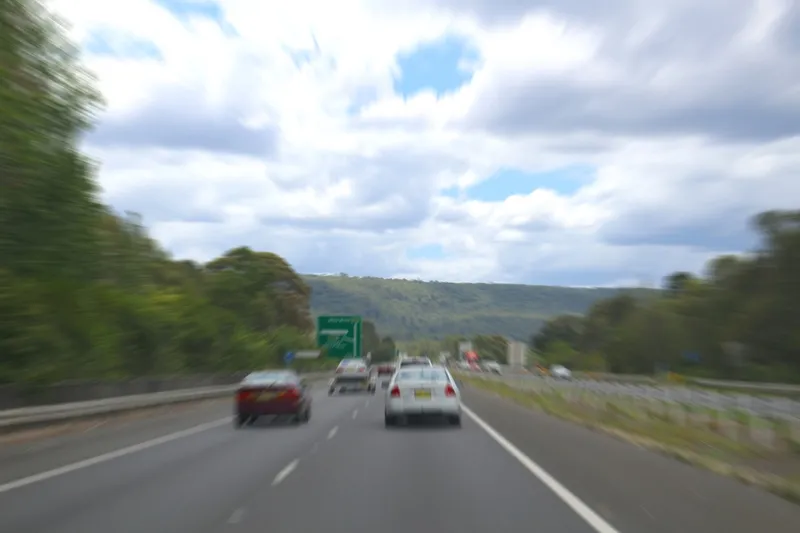ADEC says up to three of its TDC3-8 (TLS 8+1) traffic detectors will be installed at 30 locations to manage traffic.
Jure Pirc, project manager at Q-Free, says the detectors are used mainly for “traffic data acquisition” as part of the traffic management system on the highway.
He explains that speed limits are regulated automatically via variable message signs (VMS) based on an algorithm developed by Q-Free.
“Wrong-way driver detection is used to issue an immediate alert to the traffic control centre,” Pirc adds. In the first automatic phase, users are warned about the event via VMS and after confirmation from the traffic control centre, the road is closed via VMS.










